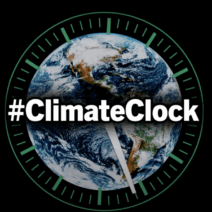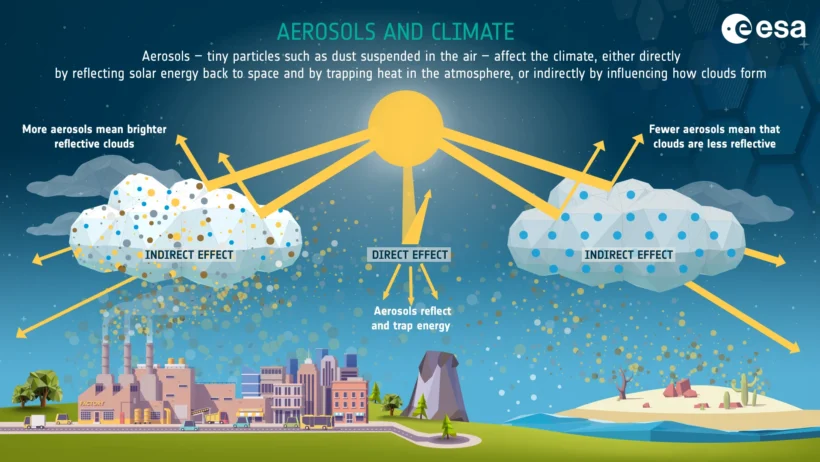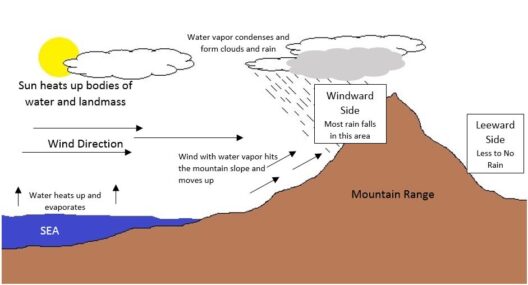The atmosphere, often viewed as the invisible blanket enveloping our planet, harbors myriad components that play a crucial role in maintaining the delicate balance of Earth’s climate. Among these enigmatic constituents are aerosols—tiny particles suspended in the air that can either cool or warm the planet, like a conductor guiding an orchestra through a dynamic symphony of opposing forces.
Aerosols come in various sizes and compositions, including dust, soot, sea salt, and organic matter, each metaphorically like a different instrument contributing to a broader orchestration. These particulate players have both direct and indirect effects on our climate system. When sunlight strikes these particles—some of which originate from natural processes like volcanic eruptions and wildfires, while others are products of human activities such as industrial emissions and fossil fuel combustion—they scatter and absorb solar radiation, altering energy distribution across the globe.
One direct influence of aerosols on climate is their capacity to reflect sunlight back into space. This phenomenon can lead to a phenomenon known as “global dimming,” where the Earth’s surface receives less solar radiation than it should. Picture a curtain drawn across the sun, diminishing its warmth and light. This reduction can temporarily cool surface temperatures, potentially masking some of the more severe repercussions of greenhouse gas emissions. However, this cooling is not a panacea. The intricate dance orchestrated by aerosols is filled with uncertainties and regional variances, highlighting their role as double-edged swords.
In addition to their direct effects, aerosols also wield considerable influence through indirect mechanisms, particularly their interaction with clouds. These tiny particles act as “cloud condensation nuclei,” where moisture condenses to form cloud droplets. Dependent on their composition and size, aerosols can either enhance or suppress cloud formation. A pristine atmosphere might yield a few, large droplets, whereas a polluted one could swell with numerous smaller droplets. This can lead to clouds that are more reflective, thereby increasing their capacity to scatter incoming solar radiation. It’s as if these minute particles choreograph a performance, tweaking cloud behaviors that ultimately sway the climate’s tempo.
A key player in this delicate ballet is black carbon, a product arising from the incomplete combustion of fossil fuels and biomass. Black carbon is not only one of the most potent warming aerosols but also darkens snow and ice when it settles upon these critical surfaces. This darkening effect accelerates melting, contributing to rising sea levels and disrupted ecosystems. The irony is stark; while aerosols can cool the atmosphere in one instance, in another, they may precipitate rapid warming—an intricate interplay of factors that both confounds and enlightens climatologists.
Regional climate impacts of aerosols are incredibly varied, dictated by local sources and atmospheric conditions. In tropical regions, high concentrations of aerosols can diminish rainfall. The result? Altered hydrological cycles that may exacerbate droughts or floods elsewhere. Conversely, in industrialized areas such as East Asia, aerosols can contribute to the formation of persistent cloud cover, a phenomenon that can trap heat and augment regional warming despite the cooling effects aerosols generally provide. Thus, aerosols serve as both adversaries and allies in the battle against climate change.
Despite their complexities, addressing aerosols presents opportunities for climate mitigation efforts. Improvements in air quality can lead to immediate benefits, reducing harmful exposure to particulate matter, while also addressing climate change. Policies aimed at reducing emissions from transportation and industry can decrease the burden of black carbon and other aerosols in the atmosphere. Yet, these initiatives must be carefully designed; unintentional consequences can arise from remedial actions that inadvertently increase warming gases.
As we delve deeper into understanding these airborne agents, researchers are increasingly recognizing the need for more nuanced models that incorporate the myriad interactions between aerosols, clouds, and climate systems. The challenge lies not just in identifying the sources and effects of these particles, but also in predicting their complex feedback loops. The ongoing EarthCARE mission, tasked with illuminating the profound interplay of clouds, aerosols, and radiation, represents a pivotal step toward unraveling this intricate web.
Public perception of aerosols often favors a simplistic understanding, associating them primarily with pollution and health hazards. However, this myopic view undermines the multifaceted roles that aerosols play in our climate dynamics. Within their minuscule forms lies the potential to reveal greater truths—the fundamental mechanisms steering our climate towards a path of stability or upheaval.
In conclusion, the story of aerosols is one wrapped in elegance and contradiction, a testament to the complexity of our atmospheric system. From reflecting sunlight to transforming cloud dynamics, these tiny particles serve as both a mirror and a window into the intricacies of climate change. As stewards of our planet, our growing awareness of aerosols underlines an essential truth: comprehensive understanding and awareness are vital in the quest to navigate an increasingly uncertain climate future. The challenge is ours to embrace, as we unearth the profound impacts aerosols have on our world, ultimately guiding our efforts to foster a sustainable environment for generations to come.






